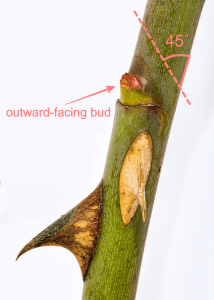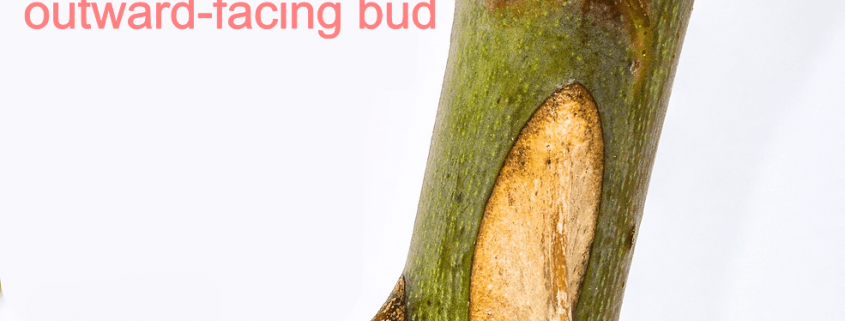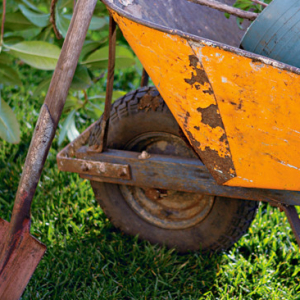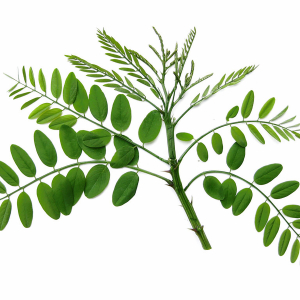Winter work
Keith Mundy
It seems like only yesterday we were struggling with the heat and bushfires and now here we are in another winter. This time of the year brings with it many tasks in the garden, to rejuvenate plants and catch up with the jobs that were missed during the warmer months, for one reason or another.

This month, with plants going into dormancy, start pruning in the rose garden and orchard.
Spring/summer-flowering roses should be pruned reasonably hard, as the new growth they make in early spring will encourage many more blooms. If you are unsure of the severity of pruning then these few tips will help.
- Start by removing all dead or damaged wood.
- Remove any branch that is crossing over another branch or growing into the centre of the bush. The idea is to keep the centre of the bush open in a vase shape to allow for better air circulation. This will decrease the possibility of fungal diseases when the plants come into leaf again in spring.
- Reduce all the other growth by as much as half, ensuring you have live buds below the cut and the uppermost bud is pointing away from the centre of the plant—pointing in the direction you want the new shoot to grow.
Important to remember when doing your roses is not to prune those that have only one flowering period in summer—generally climbing varieties, as these roses flower on the current season growth and if pruned in winter there will be no flowers. Prune these roses in late summer, after they have flowered.
The pruning of deciduous fruit trees is a bit more complicated and if you are unsure of the technique I suggest you contact a professional horticulturist for some help.
Once all the roses and fruit trees have been pruned, spray with winter oil and a winter fungicide to remove any over-wintering insect pests and fungal problems.
 Prune your hydrangeas now—I recommend a similar method to roses. Summer-flowering hydrangeas flower on growth that has been made in spring on new-season wood so the more that this is encouraged, the more flowers you’ll have.
Prune your hydrangeas now—I recommend a similar method to roses. Summer-flowering hydrangeas flower on growth that has been made in spring on new-season wood so the more that this is encouraged, the more flowers you’ll have.
Now is a good time to divide and relocate summer flowering bulbs like dahlia and other herbaceous perennials. Divide them with a sharpened spade and dust with a fungicide to prevent any damage to the cut. Plant them in the new position with a combination of cow manure, a handful of blood and bone, and your existing soil. Remember that most herbaceous perennials like a well-drained soil, so slightly raised garden beds in full sun are the ideal.
Still on the theme of pruning, remember that not every flowering tree or shrub in the garden needs to be pruned in winter. I have seen many spring-flowering plants heavily pruned in winter fail to blossom in spring. Spring-flowering trees and shrubs develop their flowering buds in late summer and autumn and if these plants need pruning, do it in late spring, after flowering. They then have all the following seasons to develop new flowering wood.
Lastly, remember to ensure all your pruning tools are well sharpened and clean before you start!


